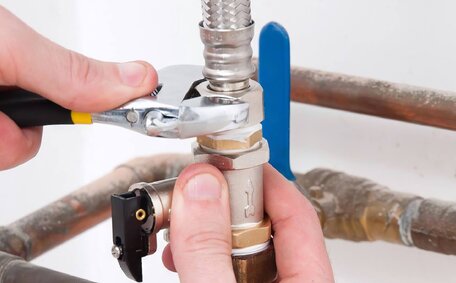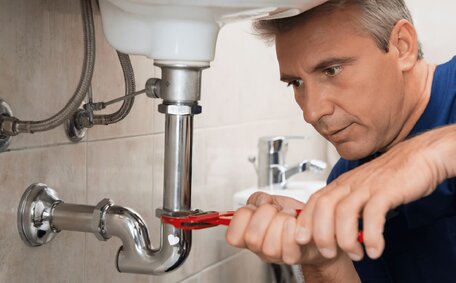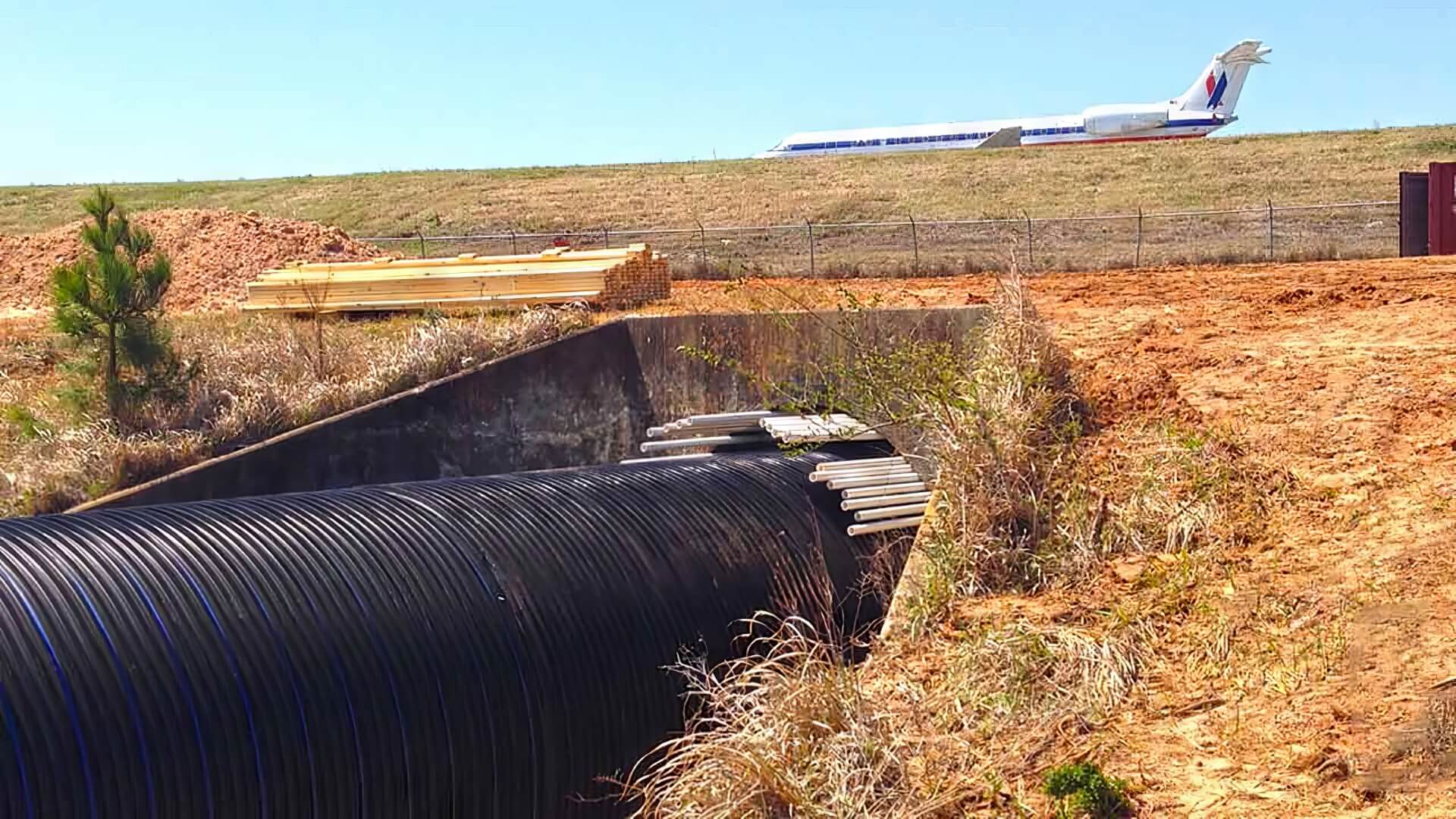
Is a broken tap an emergency?
A broken tap that is causing flooding, water wastage or damage should be treated as a plumbing emergency. Call our 24/7 emergency plumbers for prompt repairs to burst pipes, damaged taps, water leaks and more.
Read MoreThere are several common culprits behind low water pressure:
Identifying the root cause is crucial before attempting to increase your water pressure and may require expert evaluation. Consulting with a plumber can help accurately identify the cause of low water pressure in your hot water system and ascertain the best solution, such as replacing pipes, installing pressure-boosting devices, or repairing leaks.
For a more comprehensive water pressure evaluation, inspect your home’s plumbing capacity for leaks or blockages that may be affecting it.
Inspecting for any issues that can reduce water flow per fixture and aerators is an important troubleshooting step for low water pressure issues. Here are some tips:
Taking these basic steps can often restore normal water pressure by clearing simple fixture clogs before exploring more complex plumbing repairs.
A water pressure regulator stabilizes and can improve the incoming water flow, thereby regulating pressure at your residence. They’re typically located near the main water shutoff valve on the home’s supply line. Pressure should be set between 50-80 psi, enough to allow a substantial water flow rate per minute for optimal flow.
Here’s how to check and adjust your regulator if needed:
Even though regulators often remain stable, it’s wise to check the pressure yearly or if problems arise. You can contact your local plumber to help ensure optimal regulator function.
A booster pump, a small device designed to amplify the water pressure in homes with chronic low pressure from their own pipes or limited municipal supplies, can be an effective solution. Installation of a water pressure booster is suitable for homes experiencing persistently low pressure below 50 psi.
Having a qualified plumber install a booster pump system to fix low water flow is highly recommended. An additional pressure tank is also installed to regulate the pressure flow rate and maintain consistent pressure. Installation costs typically range from $1000-2000 depending on system complexity.
It involves splicing the pump into your main water line, either outside or inside your home depending on climate and access.
Once installed, the pump activates with water coming through at a faucet, automatically maintaining stronger water pressure through all your plumbing fixtures. This ensures a dependable water flow for showers, taps, appliances, and the household’s entire water system. Just be sure not to set the pressure too high as that can damage pipes.
For homes in your area struggling with chronically low municipal water pressure that simple fixes can’t resolve, a professionally installed booster pump system can restore normal pressure and improve convenience significantly.
It’s time to call in a professional plumber when DIY troubleshooting has been exhausted without resolving your low water pressure issues. This is especially true when:
Our team of licensed plumbers are adept at diagnosing low-pressure challenges and restoring system integrity, regardless of whether the issues originate from private property or public main lines. We can advise you on the most appropriate and cost-effective solutions to restore your home’s water pressure and flow capacity based on a thorough inspection.
For a free estimate and the latest updates on plumbing solutions, consider following us on our North Ryde Plumbing blog, your top-rated local plumbing company.
Being proactive with routine plumbing maintenance can prevent low water pressure problems from occurring or worsening over time. Here are some key preventive measures to follow:
Being diligent with routine maintenance lets you preemptively catch and address minor issues before they evolve into major problems like persistent low pressure, leaks or pipe failures down the track. Investing in prevention reduces costs long-term while keeping your plumbing system operating reliably.
A broken tap that is causing flooding, water wastage or damage should be treated as a plumbing emergency. Call our 24/7 emergency plumbers for prompt repairs to burst pipes, damaged taps, water leaks and more.
Read MoreBurst pipes, blocked toilets, sewer backups and lack of hot water are among the most common residential plumbing emergencies that require urgent attention from a professional plumber. If you experience any of these issues, call our 24/7 North Ryde emergency plumbers right away for fast, reliable service.
Read MoreTo determine if a relined pipe meets safety standards, professionals use equipment like CCTV cameras and hydrostatic pressure tests. Relining pipes is an affordable, non-invasive alternative to full replacement that can extend pipe lifespan 50+ years if done properly.
Read MoreNorth Ryde, 2113 NSW
We will call back as soon as possible.




